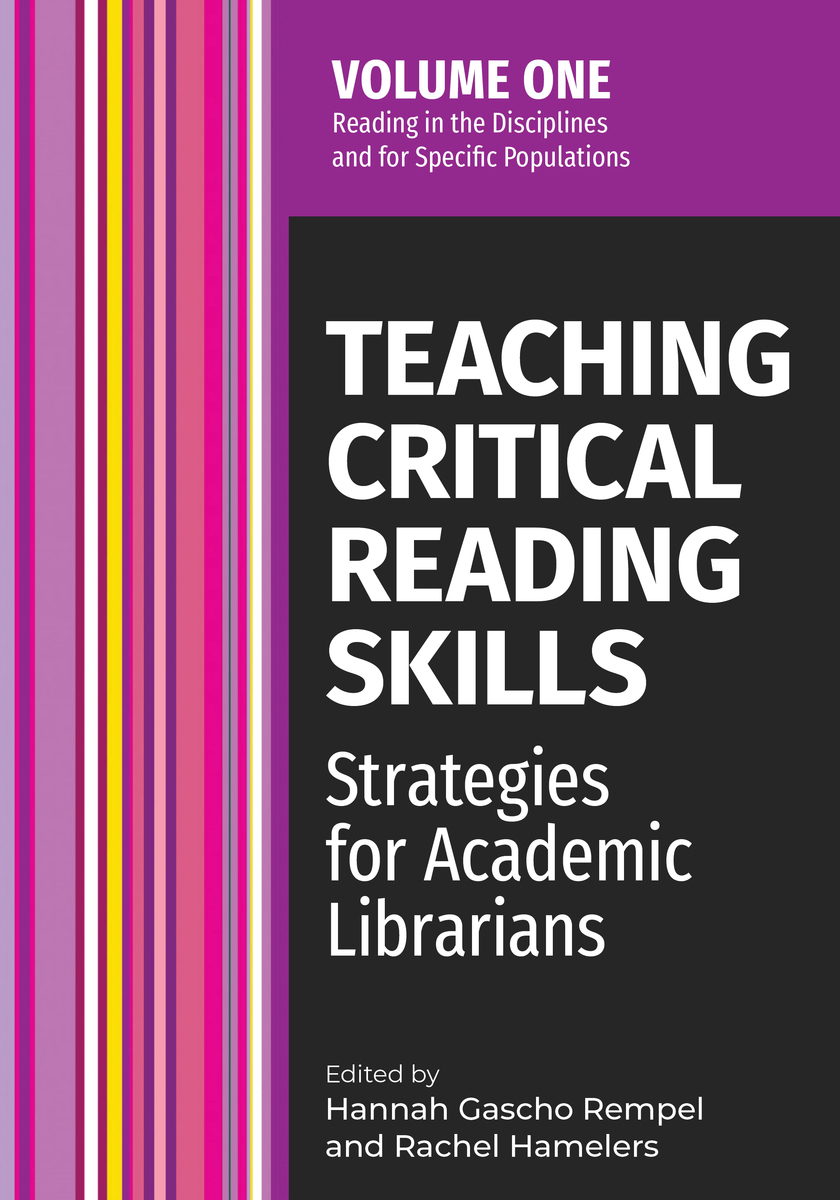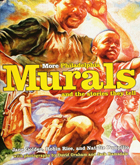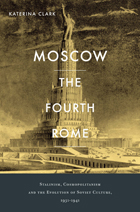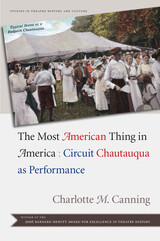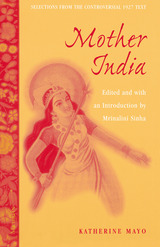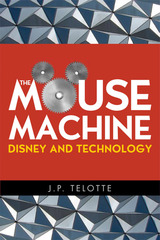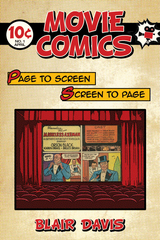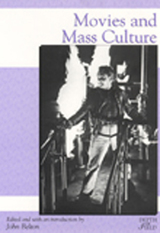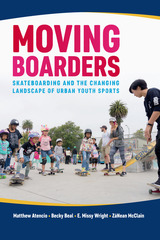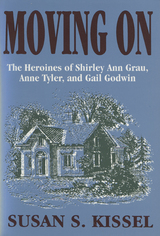Teaching Critical Reading Skills v1: Strategies for Academic Librarians Volume 1
Assoc of College & Research Libraries, 2023
eISBN: 978-0-8389-3928-4
See other books on: Gascho Rempel, Hannah | Hamelers, Rachel | Language Arts & Disciplines | Library & Information Science
See other titles from Assoc of College & Research Libraries
eISBN: 978-0-8389-3928-4
ABOUT THIS BOOK | AUTHOR BIOGRAPHY | TOC
ABOUT THIS BOOK
Teaching Critical Reading Skills: Strategies for Academic Librarians collects the experiences and approaches of librarians who teach reading. In two volumes, librarians share their role in teaching reading—using pedagogical theories and techniques in new and interesting ways, making implicit reading knowledge, skills, and techniques explicit to students, presenting reading as a communal activity, partnering with other campus stakeholders, and leading campus conversations about critical reading. These volumes provide ready-made activities you can add or adapt to your teaching practice. The five sections are arranged by theme:
Volume 1
Volume 2
Each of the 45 chapters contains teaching and programmatic strategies, resources, and lesson plans, as well as a section titled “Critical Reading Connection” that highlights each author’s approach for engaging with the purpose of reading critically and advancing the conversation about how librarians can foster this skill.
Academic librarians and archivists have a long history of engaging with different types of literacy and acting as a bridge between faculty and students. We understand the different reading needs of specific student populations and the affective challenges with reading that are often shared across learner audiences. We know what types of sources are read, the histories—and needed changes—of how authority has been granted in various fields, how students may be expected to apply what they read in future professional or civic settings, and frequently look beyond our local institutions to think about the larger structural and social justice implications of what is read, how we read, and who does the reading.
These volumes can help you make the implicit explicit for learners and teach that reading is both a skill that must be practiced and nurtured and a communal act. Teaching Critical Reading Skills demonstrates librarians’ and archivists’ deep connections to our campus communities and how critical reading instruction can be integrated in a variety of contexts within those communities.
Volume 1
- Part I: Reading in the Disciplines
- Part II: Reading for Specific Populations
Volume 2
- Part III: Reading Beyond Scholarly Texts
- Part IV: Reading to Evaluate
- Part V: Reading in the World
Each of the 45 chapters contains teaching and programmatic strategies, resources, and lesson plans, as well as a section titled “Critical Reading Connection” that highlights each author’s approach for engaging with the purpose of reading critically and advancing the conversation about how librarians can foster this skill.
Academic librarians and archivists have a long history of engaging with different types of literacy and acting as a bridge between faculty and students. We understand the different reading needs of specific student populations and the affective challenges with reading that are often shared across learner audiences. We know what types of sources are read, the histories—and needed changes—of how authority has been granted in various fields, how students may be expected to apply what they read in future professional or civic settings, and frequently look beyond our local institutions to think about the larger structural and social justice implications of what is read, how we read, and who does the reading.
These volumes can help you make the implicit explicit for learners and teach that reading is both a skill that must be practiced and nurtured and a communal act. Teaching Critical Reading Skills demonstrates librarians’ and archivists’ deep connections to our campus communities and how critical reading instruction can be integrated in a variety of contexts within those communities.
See other books on: Gascho Rempel, Hannah | Hamelers, Rachel | Language Arts & Disciplines | Library & Information Science
See other titles from Assoc of College & Research Libraries
